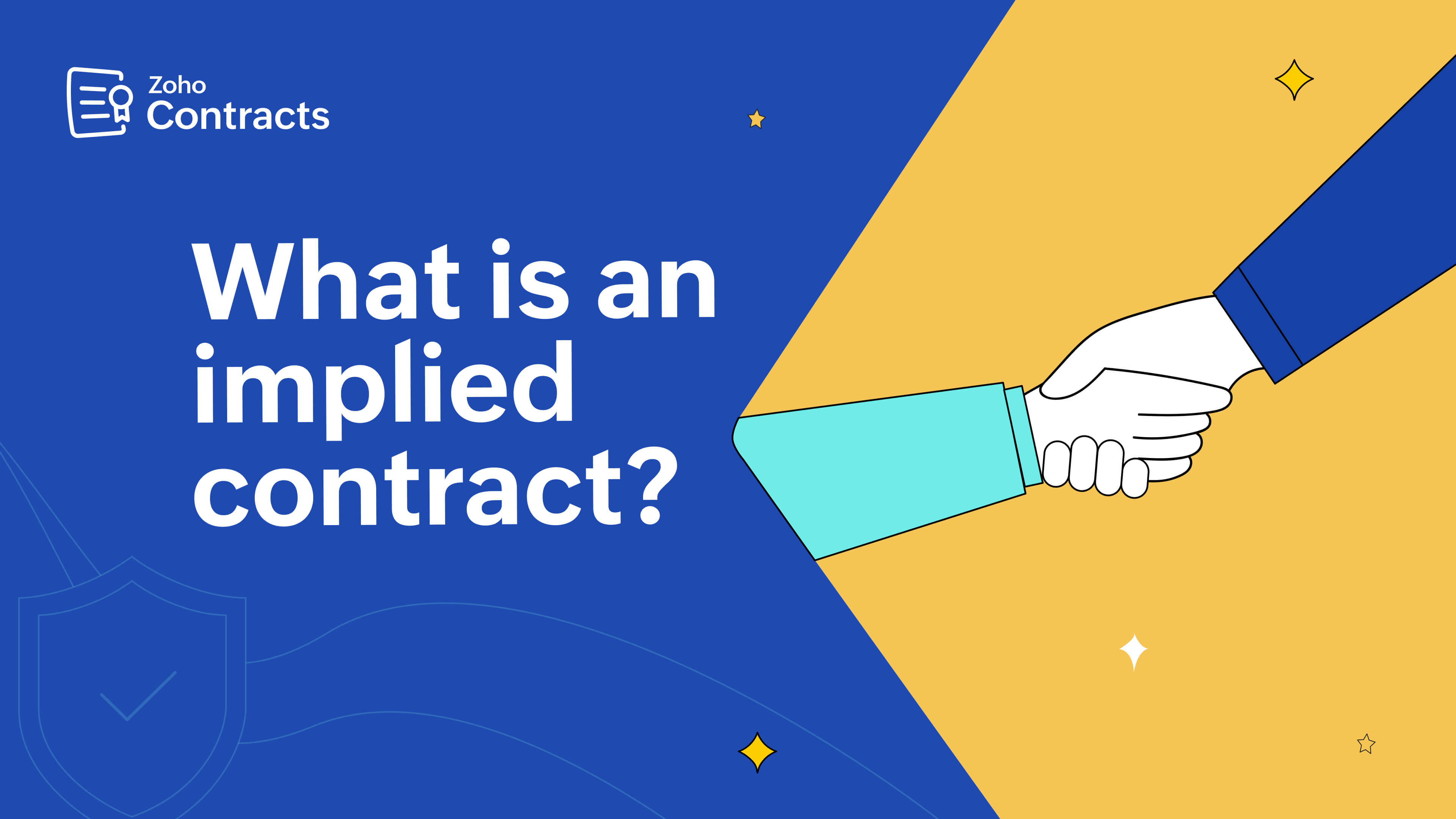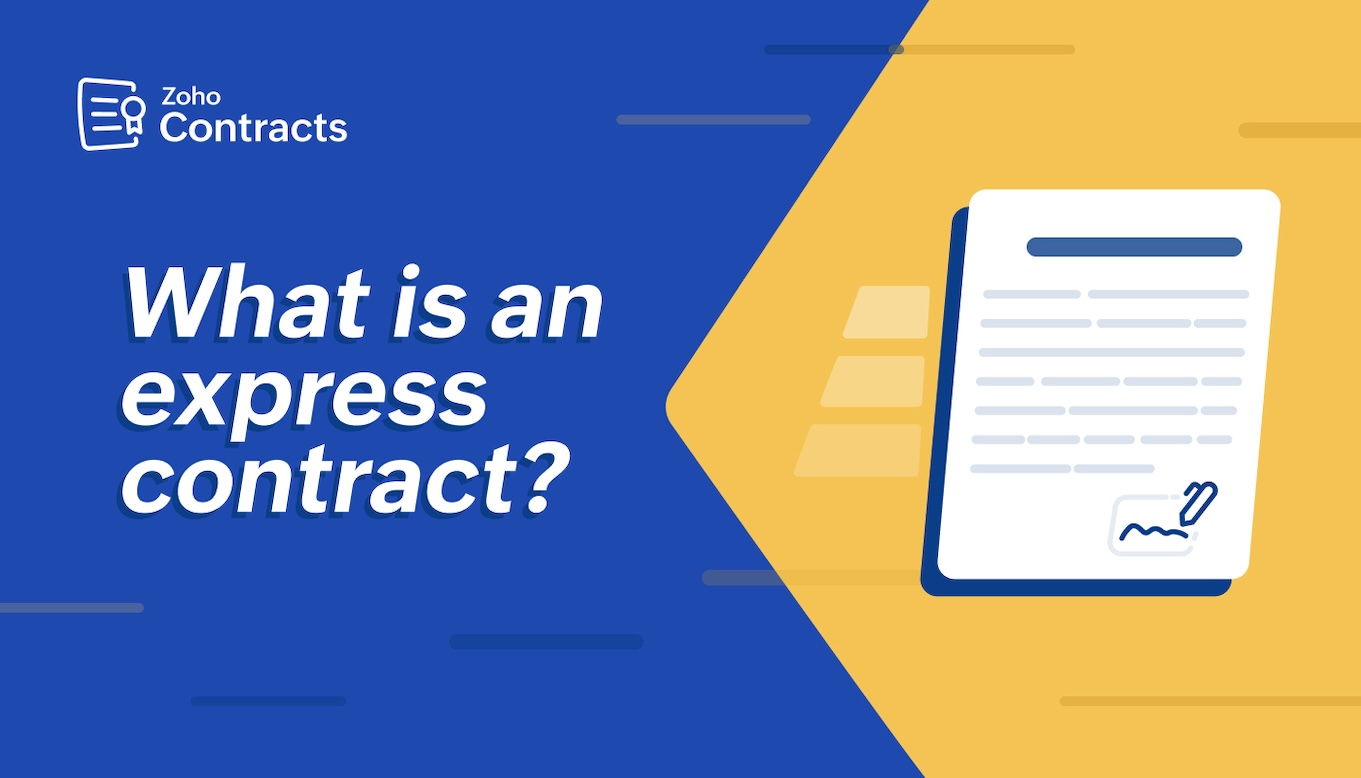- HOME
- Contract Management
- Non-disclosure agreement: Everything you need to know
Non-disclosure agreement: Everything you need to know
- Last Updated : November 9, 2023
- 3.0K Views
- 4 Min Read

What is an NDA?
A non-disclosure agreement (NDA) is a frequently used contract in businesses to protect sensitive information, set clear expectations for confidentiality, and outline consequences for breaches. By defining the anticipated level of privacy, these agreements help create secure and confidential relationships.
An NDA is also known as a confidentiality agreement (CA), confidential disclosure agreement (CDA), proprietary information agreement (PIA), or secrecy agreement (SA).
What are the types of NDA?
There are two primary types of NDAs:
Unilateral NDA: Typically used when only one party shares sensitive information with another. Under this NDA, the receiving party commits to protect the confidential information.
Multilateral NDA (mutual NDA): This NDA type applies when two or more parties are involved, and they all exchange sensitive information. Signing a mutual NDA obligates all parties to protect each other's confidential material.
While the number of obligated parties differs between the two types, all other contract elements, such as the definition of confidential information and the consequences of a breach, remain consistent.
What is the purpose of an NDA?
Protecting sensitive information: This part of the contract clearly distinguishes between disclosable and non-disclosable information, ensuring all parties are on the same page regarding sensitive information.
Preventing pre-patent exposure: Before patenting an invention, it's crucial to keep it private to avoid potential copying or disclosure. An NDA serves this purpose and safeguards trade secrets, proprietary information, and competitive advantages from misuse.
Ensuring data security: By signing an NDA, the receiving party is legally obliged to maintain the confidentiality of sensitive data. Any violation would be considered a breach of the contract.
Promoting collaboration: NDAs foster collaboration by assuring parties that their confidential information will be protected, encouraging teamwork on various projects.
What are the elements of an NDA?
Every contract is unique and differs depending on the nature of the agreement and the parties involved. Despite that, the following elements are common to most NDAs.
Declaration of parties: The parties to the agreement will be described straightforwardly at the beginning of the contract. It clearly states the owner of the confidential information and the recipient.
Definition of confidential information: This section describes the confidential information of concern and why it is shared. Being specific about the information guarded by the NDA will help in a legal dispute.
Scope of confidential information: Simply defining the confidential information may not be enough for legal binding. Therefore, the scope elaborates on how and how not to use confidential information.
Exceptions: In certain situations where the information is already publicly known or the recipient is forced to disclose the information through a legal process, abiding by the NDA can be too burdensome for the recipient. Hence, contract authors consider the possibility of such exceptions and include them in an NDA.
Breach of contract: A breach of contract is a failure, without legal excuse, to fulfill the obligations that a party promised in a contract. A breach is usually followed by legal action, such as a restraining order or payment for damages.
Term of NDA: Every NDA should clearly state its duration of validity. The concerned parties can renew the agreement to extend the term. This term depends on the nature of business, transactions, and information.
What are the bottlenecks in a manual NDA workflow?
Authoring NDAs: The absence of centralized templates and clause library leaves businesses with multiple template versions for different types of NDAs. Managing these templates through different systems makes it challenging to update language to industry standards and track deviations from standard contract language. This situation results in inconsistencies and increased risk.
Approving NDAs: Critical NDAs must be reviewed on all aspects by the internal stakeholders before execution. Configuring approval workflows will improve compliance. However, handling the review process through emails could lead to version control issues, delays, communication challenges, and oversight of critical information.
Negotiating NDAs: Traditionally, parties negotiate by sending contract documents as email attachments back and forth. When there are multiple cycles of negotiation, tracking changes, comparing them, and controlling versions become difficult.
Signing NDAs: When it's time to sign and execute NDAs, the manual process poses several operational challenges with the fax/email, print, sign, and scan cycles. Also, in a manual setup, validating against wrongful or fraudulent signatures is arduous.
Storing and managing NDAs: The two main challenges in this stage are lost contracts and difficulty accessing critical contract information when required. These issues result from the absence of a centralized contract repository with search and filter capabilities.
End-to-end NDA flow: In manual NDA workflows, starting from the initial email request for an NDA to its execution and management, the entire process often involves multiple follow-up emails for internal discussions and clarifications. The absence of a unified communication platform and activity tracking system can result in misunderstandings and errors, making the NDA process more challenging.
How Zoho Contracts streamlines the entire NDA flow
Zoho Contracts is a comprehensive, feature-rich CLM platform that empowers you to manage the entire contract lifecycle without switching between multiple applications.
From providing predefined, customizable NDA templates to facilitating effortless collaboration during authoring, Zoho Contracts simplifies NDA creation for contract authors. Regardless of their legal expertise, users can instantly generate an NDA document by filling in a few fields using the contract creation wizard. Most importantly, the ability to add multiple alternate languages for a single clause eliminates the need for duplicating templates for minor tweaks in the NDA's structure.
To gain internal approval for these NDAs, administrators can configure custom approval workflows (sequential or parallel), enabling legal, C-suite executives, or other stakeholders to review NDAs for potential risks. Further, with built-in e-signature functionality, businesses can execute their NDAs in minutes.
On top of all of these highlights, Zoho Contracts packs features like a central repository, a central audit system, and data protection settings meticulously designed with contract governance and risk mitigation in mind.
Manage your NDAs effortlessly with Zoho Contracts.
 Arjun
ArjunAn engineer turned writer and marketer. Loves deep tech and deep talks.


